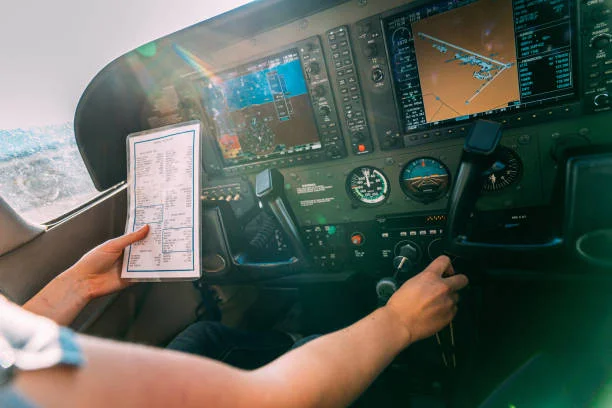Have you ever peeked into a plane’s cockpit and wondered what all those dials, buttons, and screens are for? It can seem overwhelming, but each instrument serves a specific, essential purpose. Let’s embark on a journey to understand the intricacies of these instruments.
Introduction to Plane Cockpit Instruments
Each time a pilot takes off, lands, or even just cruises in the sky, they rely on a suite of instruments. Though these devices might seem complicated, they are pilots’ eyes and ears, guiding them through the skies safely.
Fundamental Instruments and Their Roles
Speed and Altitude Instruments
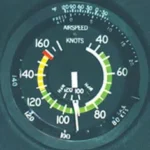
Airspeed Indicator:
Just like how you need to know how fast you’re driving on the highway, pilots need to know their speed in the sky. The airspeed indicator does precisely this by showing the aircraft’s current airspeed. This ensures the plane is flying at optimal speeds, especially during takeoff and landing.
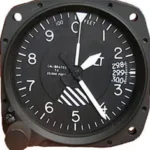
Altimeter:
Imagine climbing a mountain without knowing your altitude. Risky, right? The altimeter is the pilot’s tool to determine how high the aircraft is flying above sea level, ensuring they avoid obstacles and other aircraft.
Attitude and Direction Instruments
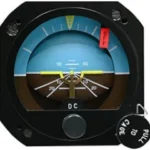
Attitude Indicator (Artificial Horizon):
How can you tell if you’re flying straight or tilting when you’re amidst clouds or at night? The attitude indicator helps by displaying the aircraft’s orientation concerning the horizon.
Turn Coordinator/Turn and Bank Indicator:
Turning in the sky is more complex than turning your car’s steering wheel. This instrument helps pilots understand and control the rate of their turns.
Heading Indicator/Directional Gyro:
Navigating the vast skies requires direction. This compass-like device provides a steady and accurate representation of the plane’s direction, unaffected by typical compass errors during turns.
Engine and Aircraft Health Monitoring
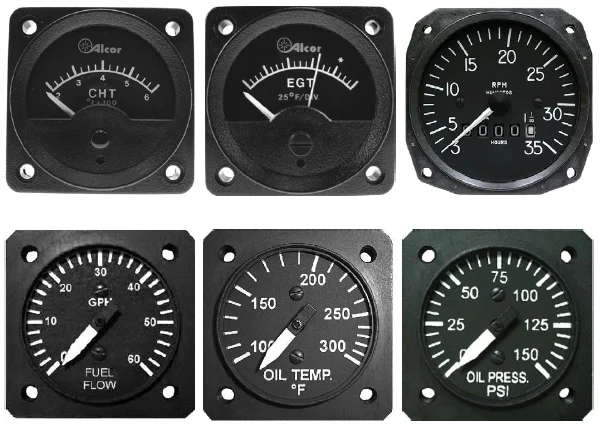
Engine Instruments:
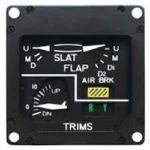
Just as you watch your car’s dashboard for warnings, pilots monitor engine performance using these instruments. They provide data on engine power, RPMs, and other essential metrics.
Flaps and Trim Indicators:
The aircraft’s stability and control are paramount. These indicators inform the pilot about the position of vital components like flaps and trim surfaces, affecting the plane’s overall behavior in flight.
Navigation and Communication
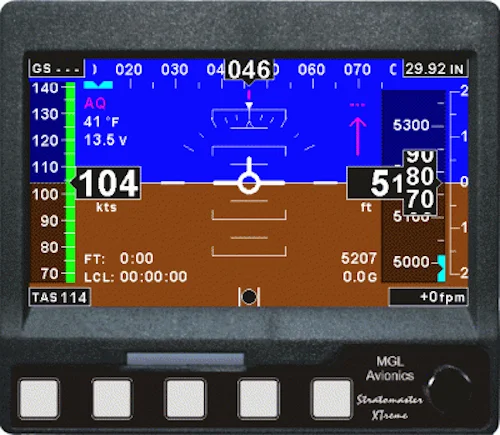
Navigation Instruments:
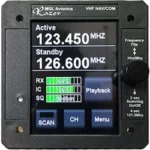
In today’s age of GPS on our phones, aircraft have advanced navigational tools. Instruments like the GPS unit, VOR receiver, and ADF guide pilots along routes, ensuring they’re always on course.
Radio Communication Instruments:
Communication is vital, especially in the skies. This set of instruments lets pilots converse with air traffic controllers and other planes, ensuring safe coordination in the air.
Power Management Instruments
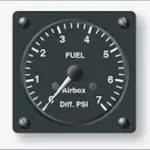
Fuel System Gauges:
Running out of fuel mid-air is a genuine concern. These gauges monitor fuel levels and consumption rates, helping pilots manage their fuel and plan pit stops.
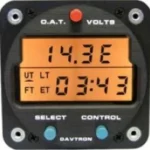
Electrical System Instruments:
Like every modern machine, planes rely on electricity. These instruments monitor the health of the aircraft’s electrical systems, ensuring everything runs smoothly.
Conclusion
The myriad of instruments in a plane’s cockpit provides essential, real-time information to the pilot. They aid in safe navigation, effective communication, and efficient operation. Just as a musician knows every note on his instrument, a pilot is trained to interpret and respond to these devices, making every flight a harmonious blend of man and machine.
FAQs
Why is the airspeed indicator crucial during takeoff and landing?
It helps pilots achieve the correct speeds for safe takeoff and landing.
How does the altimeter differ from the attitude indicator?
The altimeter measures altitude, while the attitude indicator shows the plane’s orientation concerning the horizon.
Do pilots always use navigation instruments even in clear skies?
Yes, navigation instruments ensure the plane stays on course, regardless of the visibility conditions.
What happens if there’s a failure in one of the cockpit instruments?
Aircraft have redundancies, and pilots are trained to handle instrument failures, using other instruments or procedures to ensure safety.
Are all these instruments present in every aircraft?
Most of the mentioned instruments are found in general aviation aircraft. However, the specific instruments and their complexities can vary based on the plane type and intended use.
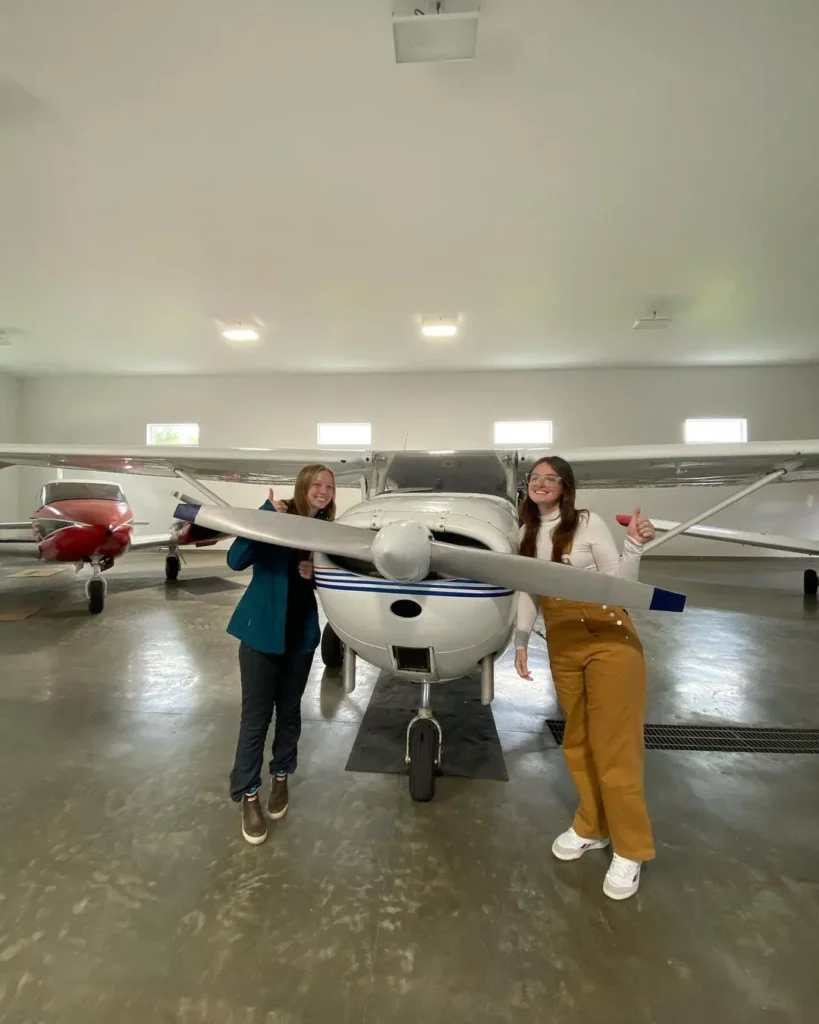
Contact Us Today to Soar Higher!
Join us in Palmer, Alaska, where we offer private pilot training, off-airport training, and accelerated private, instrument, and commercial ratings.
We pride ourselves in being the world’s most specialized flight training organization for all your training needs. Whether off-airport training, survival in the bush, or an instrument or commercial rating, we’ve got you covered. Visit our services page to learn more about our training programs.
We will make you a member of the safest pilots on the planet, and we can promise that your experience will be one you will remember! Contact us today to get started! Our experienced flight instructors can help you with your needs, from training basics to advanced aircraft instrumentation.
We look forward to hearing from you! Thank you for choosing us as your aviation education provider. Safe flying and happy landings!
